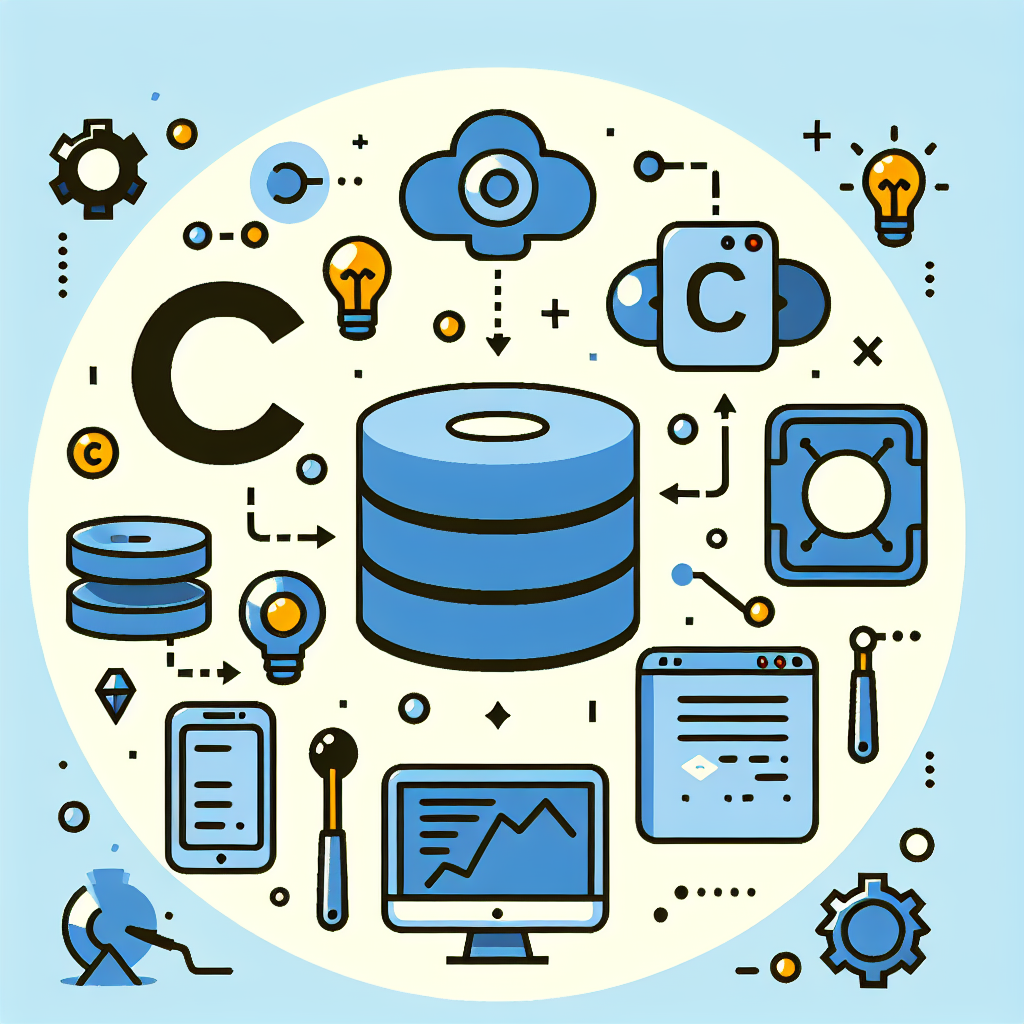Convert C to NoSQL Seamlessly: Optimize Data Storage
Effortlessly convert C data structures to NoSQL with our intuitive tool. Boost productivity and enhance data management. Try our C to NoSQL converter now!
Source Code
Converted Code
Output will appear here...
The C to NoSQL tool seamlessly converts C data structures into NoSQL-compatible formats, streamlining database integration for developers. By automating data transformation, it enhances efficiency and reduces manual coding efforts. Ideal for projects transitioning from traditional databases to modern NoSQL systems, it supports rapid development and scalability.

C to NoSQL Conversion Tool Link to this section #
The 'C to NoSQL' tool is designed to streamline the process of migrating data from C-based applications to NoSQL databases. This tool is essential for developers aiming to leverage the flexibility and scalability of NoSQL databases without extensive re-coding.
Key Features Link to this section #
- Seamless Integration: Easily integrates with C-based applications, reducing the need for major codebase changes.
- Automatic Schema Mapping: Converts structured data into NoSQL schema, supporting various NoSQL databases like MongoDB, Cassandra, and DynamoDB.
- Data Validation: Ensures data integrity and consistency during the conversion process.
- Performance Optimization: Optimizes queries for NoSQL, enhancing performance and efficiency.
How It Works Link to this section #
- Code Analysis: The tool analyzes your C codebase to identify data structures and relationships.
- Schema Generation: Automatically generates a NoSQL schema. For instance, a C struct is mapped to a JSON document.
- Data Migration: Efficiently migrates existing data to the NoSQL database, ensuring minimal downtime.
- Query Translation: Converts SQL queries into NoSQL query language. For example:
// SQL Query in C code
SELECT * FROM Users WHERE age > 25;
becomes:
// Equivalent MongoDB Query
db.Users.find({ age: { $gt: 25 } });
Benefits Link to this section #
- Scalability: NoSQL databases are built to scale horizontally, catering to large volumes of data.
- Flexibility: Handles unstructured or semi-structured data efficiently.
- Cost-Effective: Reduces operational costs with pay-as-you-grow pricing models from NoSQL providers.
Learn More Link to this section #
For further guidance on NoSQL databases and best practices, refer to resources like MongoDB's Official Documentation and Cassandra's Architecture Guide.
By utilizing the 'C to NoSQL' tool, developers can modernize their applications, ensuring they are equipped to handle the demands of today’s data-driven environments.
Frequently Asked Questions
What is the process of connecting a C application to a NoSQL database?
Connecting a C application to a NoSQL database typically involves using a client library specific to the NoSQL database you are targeting, such as MongoDB C Driver for MongoDB or Cassandra C++ Driver for Cassandra. These libraries provide the necessary functions and methods to perform operations like connecting to the database, executing queries, and handling results.
What are the common challenges when integrating C with NoSQL databases?
Some common challenges include managing memory effectively, as C does not offer built-in garbage collection; ensuring efficient data serialization and deserialization, as NoSQL databases often store data in JSON or BSON formats; and handling concurrency and error management, which are crucial for maintaining data integrity and performance.
Why would one choose NoSQL databases over SQL databases for a C project?
NoSQL databases are often chosen for C projects due to their ability to handle large volumes of unstructured or semi-structured data, scalability, and flexibility in schema design. They are particularly suitable for applications that require high-speed data ingestion and retrieval, such as real-time analytics, IoT, and big data applications.